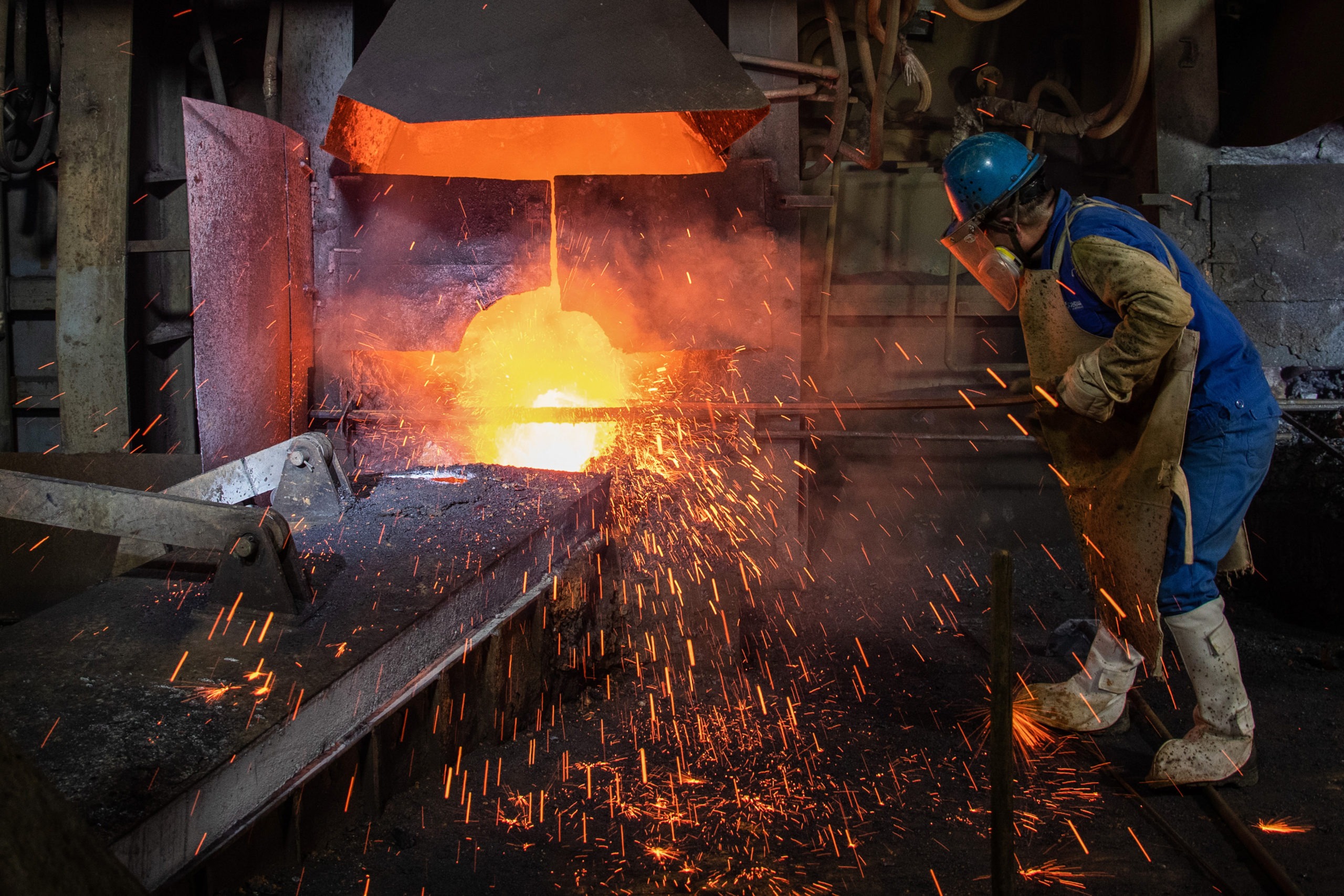Virus hands China its first economic contraction in decades
Analysts warn of tougher times ahead, with weaker external demand for Chinese goods to weigh on growth (STR)
Beijing (AFP) – China’s economy contracted for the first time in decades last quarter as drastic measures to contain the coronavirus pandemic brought activity to a standstill, official data showed Friday.
Gross domestic product shrank 6.8 percent in the January-March quarter from the same period a year earlier, according to figures released by the National Bureau of Statistics (NBS).
It was the first negative growth reported by the world’s second-largest economy since Beijing began logging quarterly data in the early 1990s.
The figure marks a sharp drop from China’s six percent expansion in the fourth quarter of last year, but was slightly better than the 8.2 percent contraction forecast by economists in an AFP poll.
Economists have long harboured doubts about the accuracy of the official Chinese data, however, suspecting that the numbers are massaged for political reasons.
And analysts have warned of tougher times ahead, with weaker external demand for Chinese goods to weigh on growth as key export markets are battered by COVID-19.
“We are now facing rising pressure in the prevention of imported epidemic infections, as well as new difficulties and challenges for resuming work and production,” NBS spokesman Mao Shengyong told a press conference.
– Grim picture –
Full-year GDP growth expectations have fallen to 1.7 percent, according to AFP’s poll — the worst annual performance since 1976.
The International Monetary Fund has pegged China’s 2020 full-year expansion even lower at 1.2 percent but predicts a strong rebound to 9.2 percent in 2021.
It has also painted a grim picture of the global impact of the COVID-19 outbreak, forecasting the deepest economic contraction since the Great Depression of the 1930s.
Friday’s data showed a 1.1 decline in industrial output for March, reflecting lingering damage from factory shutdowns even as travel restrictions in the country were progressively eased and businesses stirred back to life.
Retail sales also plummeted 15.8 percent last month as many consumers stayed home and avoided crowds due to fears of a resurgence in virus cases.
But the urban unemployment rate dropped slightly to 5.9 percent last month, after surging to 6.2 percent in February.
– Underwhelming recovery –
China has set an ambitious target of eradicating extreme poverty and building a “moderately prosperous society” by the end of 2020, but this is increasingly under threat from the pandemic fallout.
“Public records suggest that at least half a million firms were dissolved in the first quarter and more are likely to close shop,” said Capital Economics chief Asia economist Mark Williams in a report this week.
Surveys pointed to more layoffs in March, and unemployment will likely remain higher in the coming months, he said.
Some analysts believe the worst has passed for China but still expect a slow recovery.
Williams said depressed demand in foreign markets could reduce Chinese exports — which account for 15 percent of national GDP — by as much as half.
The impact on export demand may have shaved 1.8 percentage points off China’s real GDP growth in the first quarter, Nomura’s chief China economist Lu Ting said earlier.
Disclaimer: Validity of the above story is for 7 Days from original date of publishing. Source: AFP.


